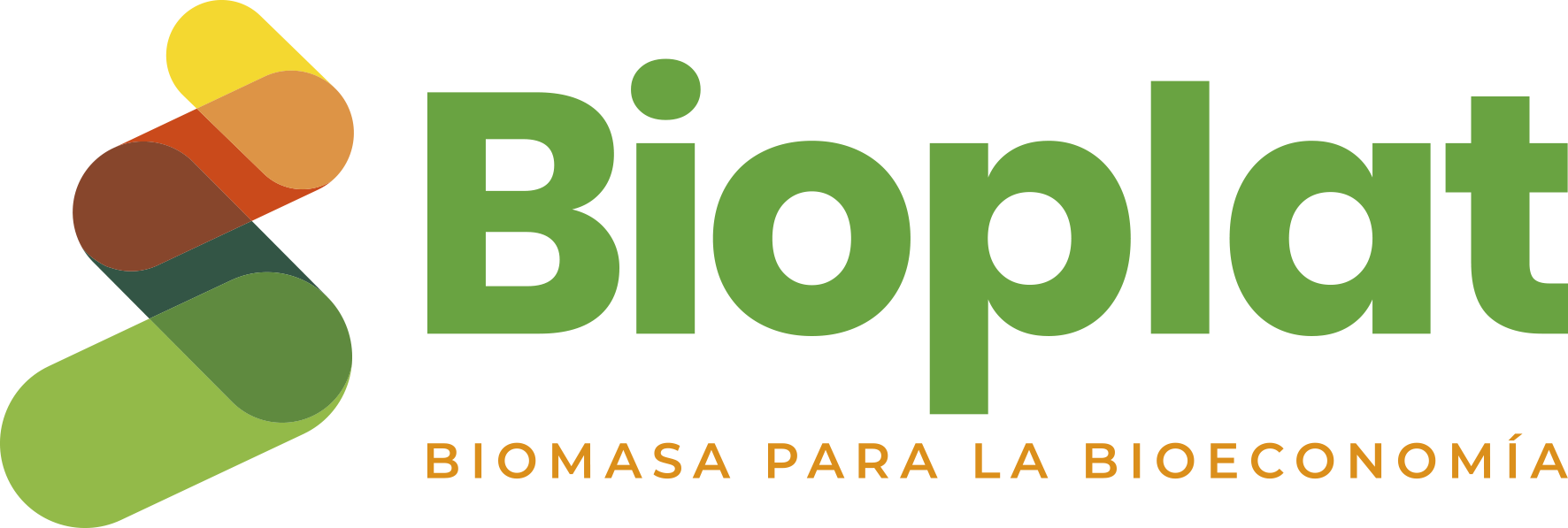06 Nov 2024
The Biomass for the Bioeconomy Technology Watch Newsletter Q3 2024 is now available.
The Biomass for the Bioeconomy Technology Watch Newsletter for the third quarter of 2024 is now available and, in this case, provides timely, schematic and quick-to-read information on carbon quantum dots from biomass.
Carbon quantum dots (CQDs) are emerging nanomaterials that have captured the attention of the scientific community due to their unique and versatile properties. These sub-10 nanometre-sized nanocrystals stand out for their high fluorescence, excellent biocompatibility, low toxicity and remarkable chemical and photoluminescent stability. These characteristics make CQDs promising candidates for a wide variety of applications.
In biomedicine, CQDs are used as bioimaging agents, drug carriers and sensors, thanks to their low toxicity and high biocompatibility. In optoelectronics, their ability to emit bright and stable light makes them ideal materials for the development of lighting devices and displays. In addition, in the environmental field, they are investigated for their photocatalytic and adsorbent properties, which make them useful in the detection and elimination of pollutants.
Interest in CQDs has grown exponentially in the last decade, driven by the need to develop more sustainable and environmentally friendly materials. Unlike traditional semiconductor-based quantum dots, CQDs can be synthesised from abundant and inexpensive carbon sources, such as biomass. This not only reduces production costs, but also minimises the environmental impact associated with the manufacture of nanomaterials. In recent years, research on biomass-derived CQDs has experienced significant growth, with an increasing number of publications highlighting both their properties and applications. Through the Web of Science database, more than 1,500 scientific publications on this topic have been identified, with the earliest from 2013. Of these, 58% were published between January 2022 and September 2024, which is evidence of the growing interest in this field.
Despite significant progress in the synthesis and application of these materials, important challenges remain. One of the main ones is the scalability of production without compromising the consistency of CQDs’ properties. In addition, the development of CQDs with specific functional properties for specific applications remains an active area of research. It is also crucial to explore new biomass sources to produce CQDs with novel properties, which could open up new avenues of research and application.
